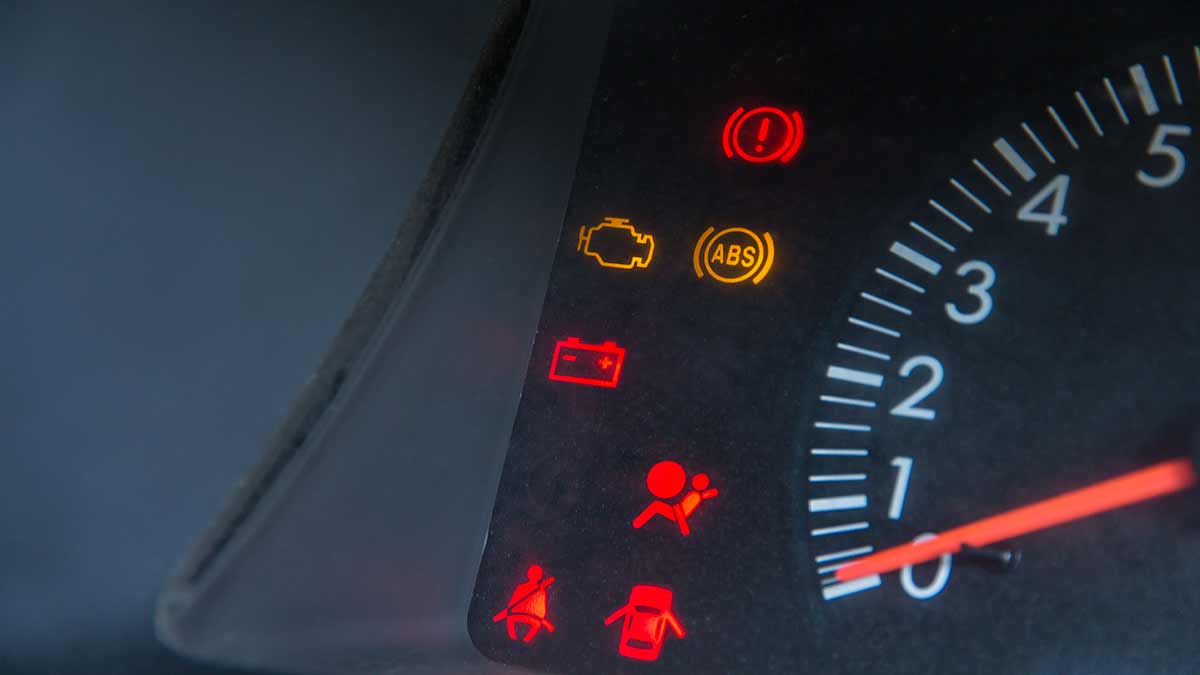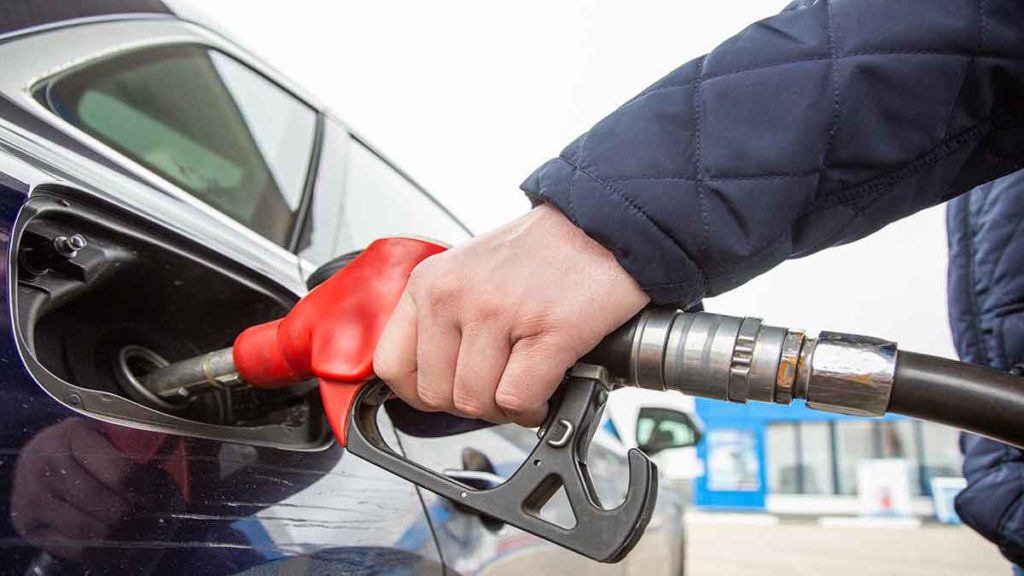Cars are now imperative to our daily life. Whether we live in a metro city or a small town we can’t just imagine our lives without it. New cars are getting expensive so our old ones have to last longer. Whether we drive vehicles of big brands or economy brands without proper maintenance our car might turn into a burden. Often new car owners find it disappointing by the small amount of information that could be found regarding repairs, the respective signs of defects and the corresponding costs. Here you will find 20 Essential Car Maintenance and Repair Tips that will help you preserve your car in mint condition.
One simple thing that should be made clear is that the terms we usually hear like Inspection, Service and Maintenance are nothing more than different names for routine inspections of a vehicle defined by the manufacturers.
Regular maintenance is essential for the operational and traffic safety of our vehicles. It is recommended that the major inspection should be done about once a year or every 12,000 miles. The manufacturer will generally tell you the preferable option.
Table of Contents
Essential Maintenance Tips for Car Owners
Here are some basic tips to maintain a fit vehicle. We will start with the essentials:
1. How important is maintenance for my car?
A very convenient question because there are lots of people who prefer to buy expensive cars and do not make the necessary maintenance on time. And some people do not care about their cars until it stops working at all. We should try not to be one of those owners who are indifferent to their cars. People who just start, drive and then park. Not caring about what’s wrong with your car or how it works makes it impossible to keep it in perfect condition.
Timely maintenance enhances reliability and performance and saves us from expensive repair costs. Not to mention avoiding roadside emergencies and contribution to a cleaner environment. A well-maintained car can retain a higher resale value than a neglected lowly maintained car.
2. Inspecting car on daily basis
The day-to-day inspections are easiest to do and assure you of the present condition of your car. The most important things to check before you take out your vehicles are oil, tire pressure, and brakes. The other regular inspection items are power steering fluid, the alignment, antifreeze/coolant, tire treads, air filter, transmission fluid and the lights. If you own newly manufactured cars you will find indicators for all of the basic items in the dashboard.
Even if you don’t own an updated car the user manual will help you perform these basic inspections. If something tricky comes into your attention you can always ask the professionals for their directions. You will find it intriguing once you start learning about cars and their different parts.
3. Light Indicators

You will find a number of indicator lights in your car, the number may vary depending on the manufacturer and model. Every brand has its own set of indicators. But these are easily identifiable with the help of the manual. The colour of the light will notify how urgent you have to take action. Because indicator lights are not necessarily the same as warning lights.
- Red indicates problems and malfunctions and should be checked immediately.
- Yellow or orange should be checked as soon as possible.
- Green means that a function is activated.
- Blue is reserved for the high beam.
- White stands for a recommendation or a hint.
4. Tire Pressures
Checking tire pressure routinely is obvious for many reasons. It impacts on the amount of fuel a vehicle consumes. Low pressure increases fuel consumption and the probability of accidents due to longer braking distances. Tire pressure should be checked on a weekly basis. There is an indicator of tire pressures. If it lights up then at least one tire has too little air. Some cars have smart options that constantly monitor your car and send a notification if something needs your attention.
5. Tread depth
You will need tires that perform well in all weather conditions. That is why tire treads are important. Your car tires have tread patterns with wider contact patches. It is not easy to change tires frequently like the weather changes. The good thing is that the manufacturers generally integrate tread wear bars into compounds to eliminate the nuisance of wondering if the treads are deep enough. If the trada are worn out then tires will not be able to channel water away and will fail to provide good ground contact in wet conditions.
So if the tires are without tread wear indicators you should buy a new set. It might sound costly but will save you from expensive accidents.
6. Rotation of tires and alignment
To improve your car’s fuel economy and road safety wheel balancing and alignment are very important. Your car tires need to be rotated, balanced, and aligned according to the user manual.
The most popular opinion is that the rotation of tires and alignment should be rotated every 5,000 miles. You can make sure by checking it with the user manual.
7. The Brake Systems
The brake system is one of the most important parts of your car. Modern cars have a complex system including a large number of parts working together ensuring a safe and comfortable ride. The brake system needs our sincere attention. There is a brake indicator on the dashboard. If the indicator is on that means the handbrake may still be applied. If the symbol is still on after releasing the handbrake then there is a serious risk that the brakes might fail. The reason behind this can be insufficient brake fluid or worn brake pads. With a red warning light, you should first release the handbrake. If the symbol does not disappear, stop immediately and call the breakdown service. The brake pads should also be kept clean for better performance and changed when it’s due.
8.Battery
A functioning car battery is a prerequisite for the engine to be started. A battery provides the starter and other necessary parts such as control unit or ignition coils with electrical current. And when the engine starts the battery is recharged by the alternator.
If the indicator for the battery is on that means there is a problem. The generator is not charging the battery anymore, the car is out of juice. The reasons behind this can be problems with the voltage regulator, the battery capacity, the alternator or a broken V-belt. If the red warning shows in for the battery you should check the V-belt first. If it is broken, stop promptly and call for the breakdown service. You should do the same if your car has electric power steering. Otherwise, drive carefully to the nearest workshop without switching off the engine.
9. How to disconnect battery properly
You should know how to disconnect the car battery properly. It is not just loosening bolts and disconnecting terminals. Disconnecting any terminal that comes near hand is risky. So the safest way is to disconnect the negative terminal first. That prevents any short circuit from happening by accident. If you don’t disconnect the negative terminal first and the disconnected positive terminal touches any metal of the car it will complete the circuit.
And as reconnecting the battery is concerned, do the reverse. Connect the positive terminal first. If you do not intend to replace the battery then disconnecting the negative terminal is enough.
10. Oil
Car engine needs constant oil supply. Oils makes sure the processes run smoothly and reduces the mechanical erode of the components. There is an oil pressure switch that monitors the oil pressure within the lines and channels of the engine.
If the indicator lights up it means the engine doesn’t have enough lubricant which can lead to engine damage. Reason can be little oil, defective oil pump, leaky oil circuit or a damaged bearing. If the indicator lights up with a jagged line and “MIN”, the oil level is low. Refill engine oil as quickly as possible! If the symbol still lights up, go to a workshop. Otherwise, driving on can lead to major engine damage.
11. Defective Oil Switch
When a car starts it runs an automatic self-test on the engine. It provides a first symptom of a possible defect in the oil pressure switch. If the oil lamp lights up when the ignition is switched and goes out again shortly afterwards than the sensor is working properly.
If the indicator doesn’t come on, the oil pressure switch is defective. A routinely visit to the workshop is necessary to maintain the functioning state of the oil pressure sensor. Because too low or too high oil pressure both can result in expensive consequential damage to the engine.
12. Coolant temperature Sensor
Thermostat or often known as coolant regulator separates the two coolant circuits in the car. It is therefore mainly responsible for the car in reaching an ideal operating temperature. The temperature of the coolant flowing past is continuously recorded by the coolant temperature sensor.
A defective thermostat will send incorrect data to the control unit and the display on the dashboard. This can affect cooling, starting behavior, fuel consumption of the car, and other distresses.
13. Warning light for the coolant temperature
The coolant temperature is too high and can cause the engine to overheat. The reason can be many, for example, inadequate cooling water, a broken V-belt that may be causing the water pump to stop being driven, or a defective sensor. Shut the engine immediately and let it cool down. Then add the appropriate coolant, if necessary water too. Be careful not to scald yourself. If the indicator is still on, you should immediately go to the nearest workshop.
14. Airbags
Fault in the airbag. Airbags or belt tensioners may fail in case of emergency. Reasons can be a defect in the control unit, the airbag itself or the sensors. The indicator also lights up if the front seat airbag is deactivated due to a child seat. If you have not turned off the airbag, you should go to a workshop and have it checked.
15. Buckling up
Thousands of lives are saved around the world by the seat belt. Fastening seat belts stops you from being thrown out of the vehicle in case of an accident which is lethal. Buckling up safely is easy just follow these simple notes:
- The shoulder belt should be away from your neck and situated in the middle of your chest.
- The lap should be adjusted low and tight. Place it across your hips and not the stomach,
- On no occasion the shoulder belt should be behind the back or under the arm.
There is an indicator for seat belts on the dashboard. If it is on that indicates at least one of the riders is not wearing a seat belt, there might be some additional beep. Seat belts save lives and are mandatory in most countries. So make sure everyone is using seat belts. Sometimes heavy items of luggage on the seat also may trigger the indicator. You can put the luggage on the trunk.
16. Save Fuel

Start driving immediately after starting, when cold, every engine needs more fuel. Therefore, warm the engine gently to operating temperature. This protects the environment and the wallet. Drive with foresight and as constant as possible, Acceleration phases only as long as required. The vehicle uses less fuel when driving at a constant speed.
Avoid unnecessary gear changes, skip gears if possible. The motto is: “Shift up early, shift down late”. Drive in the highest possible gear. Switch off the engine when it is not running. In the case of short waiting times, it should be borne in mind that each starting process causes wear on the engine, starter and battery.
The indicator in the dashboard notifies if you need to refuel. If the light is on then the fuel tank is almost empty, a fuel shortage can turn into an unwanted expense. Refuel in the nearest gas station. You can still drive around 15-18 miles depending on the manufacturer.
17. Use vehicle accessories to save fuel
Air conditioners, seat heaters and parking heaters should be switched on if “well-being” while driving is required. Otherwise it should be turned off. These facilities ensure the driver is in a comfortable state therefore more concentrated on the road. In this way costly and time-consuming damage can be avoided
We talk to a professional mechanic from a leasing van company and they say “If your car has cruise control, it should be used to drive efficiently. It keeps the car in constant speed. It is effective on motorways or flat roads. But on hilly roads the cruise control costs fuel unnecessarily.”
18. Engine control
Your engine control is encountering problems. The causes can be many: for example, a defect in the emission of pollutants, in the lambda probe or broken cables. Perform an engine check promptly and take it to the nearest specialist for further inspection.
19. How much a car inspection cost?
It can’t be said how much a car inspection might cost in general. There are too many variables that can affect the total price. The workshop you choose matters. Though authorized workshops are more expensive, it is easier to prove that the vehicle has been inspected by the manufacturer. The repair that would have to be done is the key factor. Depending on how many parts are to be replaced, the costs for the inspection might increase. It is best to have the workshop prepare a cost estimate before the inspection.
20. Make a living out of your Expertise
If you find it too difficult (which it is!!) To pay attention to every detail you can learn how to take care of it. If you lack the basic things about cars like checking the spark plugs or even changing the wipers, It means you have to worry. All of these can be learned very easily and the internet offers complete useful advice on the subject.
Car Mechanic training is an excellent course and is suitable for anyone interested in working as a car mechanic in auto repair/maintenance or who simply wants to learn more about these topics. If you’re an individual looking to excel within this field, then Car Mechanic Training is for you.
Recent posts
- When Should You Start Writing Your College Essay? A Strategic Timeline for Success
- 12 Easy Ways to Learn Even and Odd Numbers
- Top 5 Study Tools for College Students
- 11 Essential Tools Every Online Learner Needs in 2024
- How to Leverage the Global Talent Visa for Advancing Your Education
- From Study Notes to Assignments: 15 Ways PDF Editors Boost Academic Productivity
- How Blockchain is Transforming Education | 2024 Insights
- 5 Tips for Starting Your Cyber Security Analyst Career
- The Evolution of Online Assignment Help Services in the UK: Trends and Benefits
- Effective Time Management Strategies for Managing Online College Coursework








 March 10, 2020
March 10, 2020








